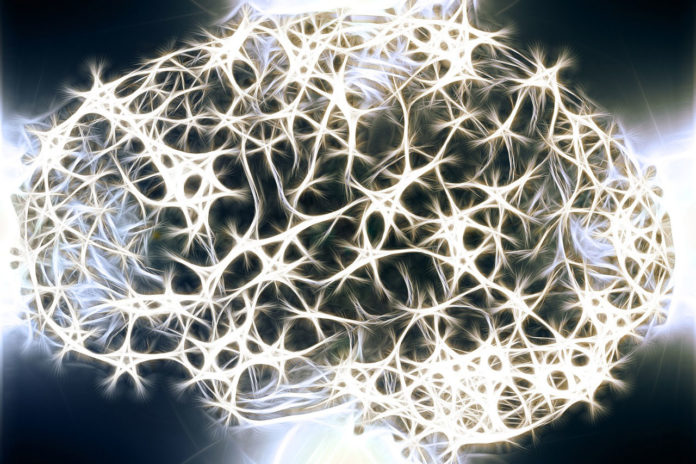There are several different anti-anxiety medications available. Most of them are not considered effective and have unwanted side effects.
Identifying mechanisms that underlie fear and anxiety could develop better treatments for anxiety disorders.
Neuroscientists from Bristol’s School of Physiology, Pharmacology, and Neuroscience investigated how the brain’s cerebellum influences activity in another brain area called the periaqueductal grey (PAG). The periaqueductal gray, or PAG, is an area of gray matter found in the midbrain that coordinates survival mechanisms, including fear-evoked coping responses.
In their study, scientists recorded activity within the brain‘s PAG region of animal models via electrodes. They put the models in a conditioning task, where an auditory tone is paired with a small foot shock. This induces a ‘fear memory’ and freezing, a behavioral index of fear.
Scientists found that a subset of brain cells- within the brain’s PAG area- was too responsive to the conditioned tone, corresponding to the encoding of fear memory.
Altering the cerebellar output during conditioning causes the subsequent timing of fear-related neuronal activity in the PAG to be less accurate. In addition, the duration of fear-related freezing behavior was increased.
Based on these findings, scientists concluded that cerebellar-periaqueductal grey interactions contribute to fear conditioning processes. They also showed that manipulating the direct cerebellar-PAG pathway caused impairments in fear-conditioned freezing and ultrasonic vocalizations.
The study’s lead authors, Dr. Charlotte Lawrenson and Dr. Elena Paci explain: “Until now, little was understood about how the cerebellum modulates neuronal activity in other brain regions, especially those related to fear and anxiety. Importantly, our results show that the cerebellum is part of the brain’s survival network that regulates fear memory processes at multiple timescales and in multiple ways, raising the possibility that dysfunctional interactions in the brain’s cerebellar-survival network may underlie fear-related disorders and comorbidities.”
The study suggests that the cerebellum is an additional essential structure in the brain regions that contribute to the fear/anxiety network. It also offers insights into the way the PAG encodes fear memory.
Journal Reference:
- ‘Cerebellar modulation of fear behavior and memory encoding in the PAG’ by CL Lawrenson et al. in eLife.
